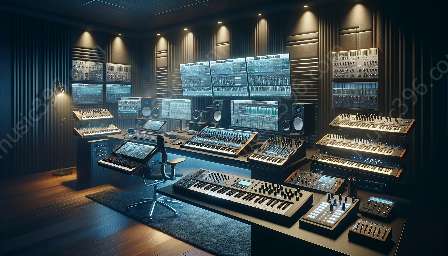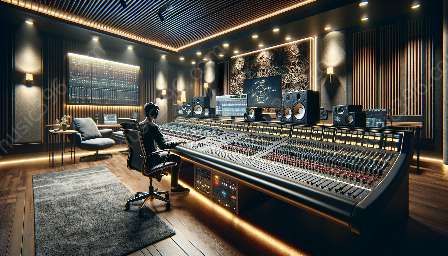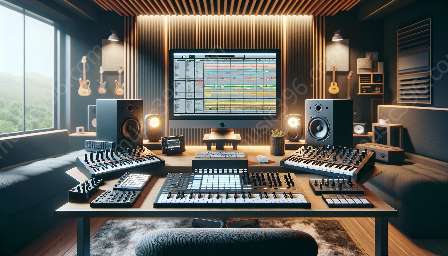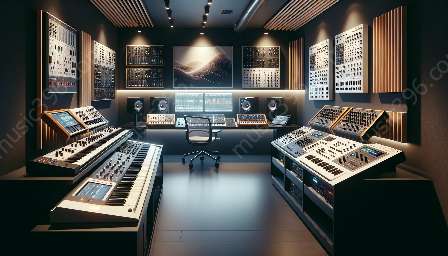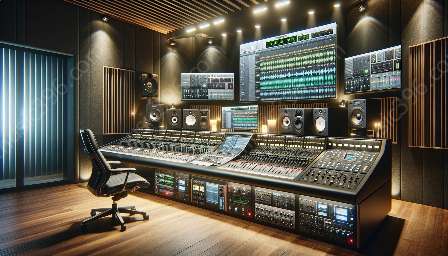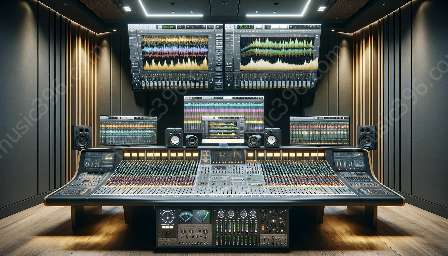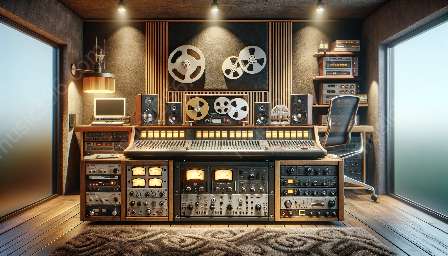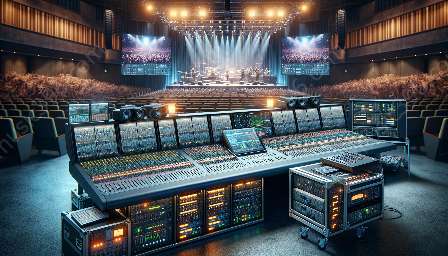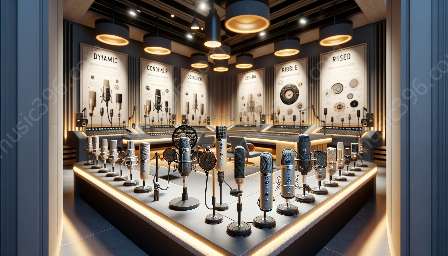The Intricacies of Workflow Management in Home Recording and Producing
Home recording and producing have become increasingly popular with advancements in technology making it more accessible and affordable to set up a home studio. The process of recording and producing music or audio at home comes with its challenges and requires a well-structured workflow to ensure efficiency and quality.
Understanding Workflow Management
Workflow management refers to the coordination and streamlining of tasks and processes in a systematic manner to enhance productivity. In the context of home recording and producing, effective workflow management is essential for smooth operation and optimal use of resources.
The Phases of Home Recording and Producing
The workflow in home recording and producing can be divided into several key phases:
- Pre-Production: This phase involves planning and preparing for the recording and production process. It includes tasks such as songwriting, arranging, rehearsal, and setting up the recording environment.
- Recording: Once the pre-production phase is complete, the recording phase involves capturing the audio, whether it be vocals, instruments, or other sound sources.
- Editing: This phase focuses on refining and organizing the recorded audio, including tasks such as comping, tuning, and aligning performances.
- Mixing: Mixing involves balancing, processing, and enhancing the individual tracks to craft a cohesive and sonically pleasing end result.
- Mastering: The final phase, mastering, is where the overall audio is fine-tuned and prepared for distribution, ensuring consistency and quality across different playback systems.
Optimizing Workflow in Home Recording and Producing
Efficient workflow management is crucial to ensure that each phase of home recording and producing is executed seamlessly. Here are some strategies to optimize workflow in a home studio setting:
- Organization: Keep your workspace organized and clutter-free. Label cables, maintain an efficient file storage system, and streamline your equipment setup to minimize time wasted searching for tools and resources.
- Time Management: Set clear timelines and deadlines for each phase of the recording and production process. Use time-blocking techniques to allocate focused time for specific tasks, avoiding multitasking and distractions.
- Utilize Templates and Presets: Create and utilize templates for your digital audio workstation (DAW), including session templates, mixing presets, and instrument settings. This can significantly reduce setup time and provide a consistent starting point for projects.
- Collaboration Tools: If working with collaborators or clients remotely, utilize collaboration tools and cloud-based platforms for file-sharing, communication, and real-time feedback.
- Regular Maintenance: Conduct regular maintenance of your equipment and software to prevent technical issues from disrupting your workflow. This includes software updates, hardware maintenance, and regular backups of project files.
- Workflow Analysis: Periodically review and analyze your workflow to identify bottlenecks or inefficiencies. By studying your process, you can optimize and streamline your approach for future projects.
The Role of Technology in Workflow Management
Advancements in technology have revolutionized the home recording and producing landscape. From digital audio workstations to virtual instruments and audio plugins, technology plays a significant role in shaping and enhancing workflow management.
Digital Audio Workstations (DAWs) serve as the central hub for recording, editing, mixing, and mastering audio. They offer a wide range of features and tools to streamline the production process and manage various aspects of a project within a single interface.
Virtual instruments and audio plugins expand the creative possibilities for home producers, offering a vast array of sounds, effects, and processing capabilities. Integrating these tools into the workflow allows for experimentation and customization, enhancing the quality and diversity of audio production.
Additionally, advancements in recording hardware, such as audio interfaces, microphones, and monitors, contribute to a more efficient and high-fidelity recording process. Home studio setups can now rival professional recording environments in terms of audio quality and capabilities.
The Importance of Ergonomics and Comfort
Creating a conducive and comfortable environment in your home studio is crucial for optimizing workflow. Pay attention to the ergonomics of your workspace, including chair and desk height, monitor placement, and lighting. A comfortable and well-designed studio setup can contribute to better focus, creativity, and overall well-being during extended recording and production sessions.
Final Thoughts
Workflow management is a fundamental aspect of home recording and producing, directly impacting the efficiency and quality of the final audio product. By understanding the intricacies of workflow management, utilizing technology, and creating a conducive environment, home producers can optimize their workflow and elevate their audio production to new heights within the home studio setting.





